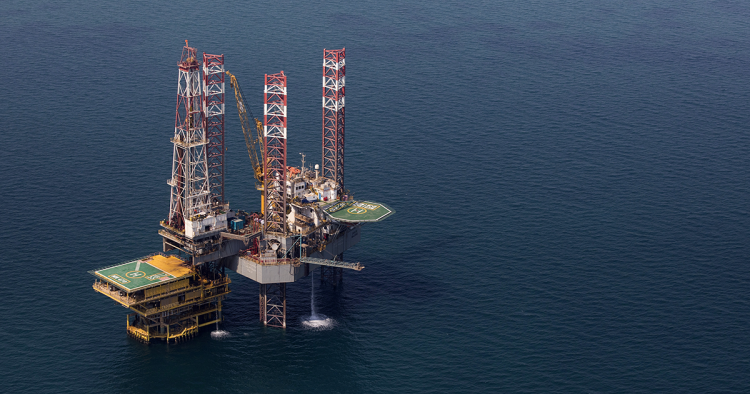While oil prices have rebounded before soaring since the depths of collapse in the spring of 2020 — with Brent crude prices skyrocketing from $19 per barrel in April 2020 to a three-year high of $86 per barrel in October 2021 — the prospects for a sustained high oil price for Gulf producers is unlikely. As oil demand rebounded in late 2021, the confluence of difficulty in supplying other kinds of energy products from natural gas to coal has inflated energy prices globally and marched alongside inflationary pressures on everything from food to consumer products. In fact, many analysts and OPEC+ member oil ministers expect a more balanced market by mid-2022 and a decline in prices, perhaps in the $55 range within next year.
We are in a temporary period of adjustment as the global economy recovers from the effects of lockdowns and restricted mobility during the Covid-19 pandemic. But the definition of "temporary" within a broader energy transition is less well understood. And while the longer-term trajectory of global oil demand is likely to decline over the next decade, current global oil demand matches its pre-Covid levels of over 100 million barrels per day. The cooperation agreement among major producers — the OPEC+ agreement in place since December 2016 — continues to hold. Yet, there is a widening gap among these members in their production capacity agility. Some producers, including Russia and Nigeria, are less able to ramp up production of spare capacity. The rupture between the UAE and Saudi Arabia in July 2021 showed some of the incongruities among major producers in their spare capacities as well as their oil exports strategies within a timeline that sees the global energy mix less reliant on oil. Moreover, OPEC's own assessment of oil demand in 2022 continues to be sluggish, begging the question of whether they know something the rest of us do not. The rising pressure of price inflation, questions of continued waves of infection and variants in Asia and elsewhere, and the US’ sluggish rebound may lead to a global economy that is not yet in good health. Added to that uncertainty is Iran’s ability to increase its exports (including key sales to China even under sanctions) and possibly new production, if sanctions relief and a return of the JCPOA emerge in early 2022.
Photo by Simon Dawson/Bloomberg via Getty Images
The Middle East Institute (MEI) is an independent, non-partisan, non-for-profit, educational organization. It does not engage in advocacy and its scholars’ opinions are their own. MEI welcomes financial donations, but retains sole editorial control over its work and its publications reflect only the authors’ views. For a listing of MEI donors, please click here.













